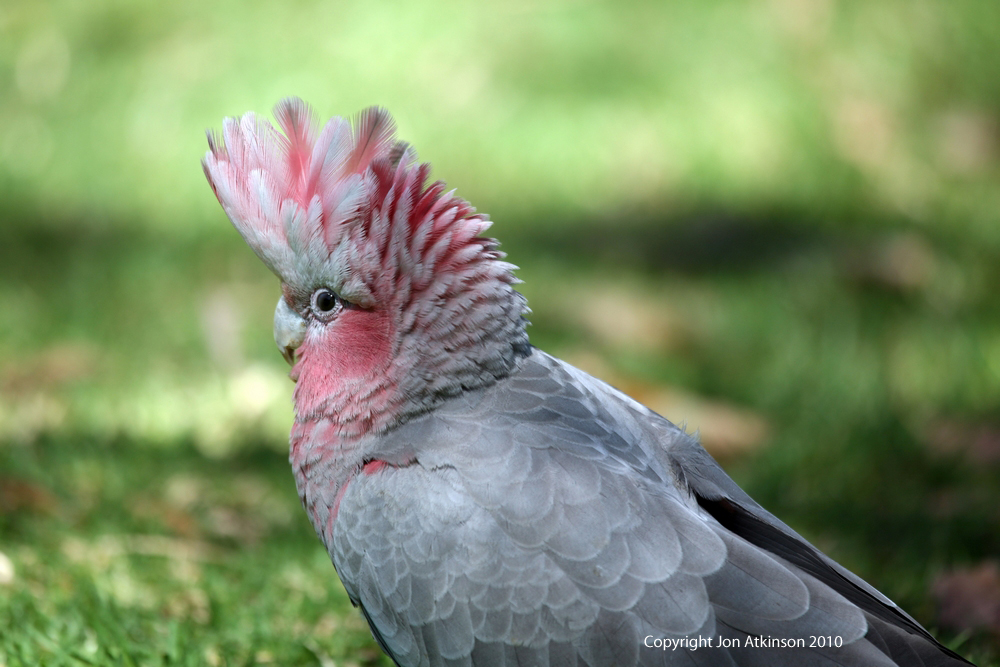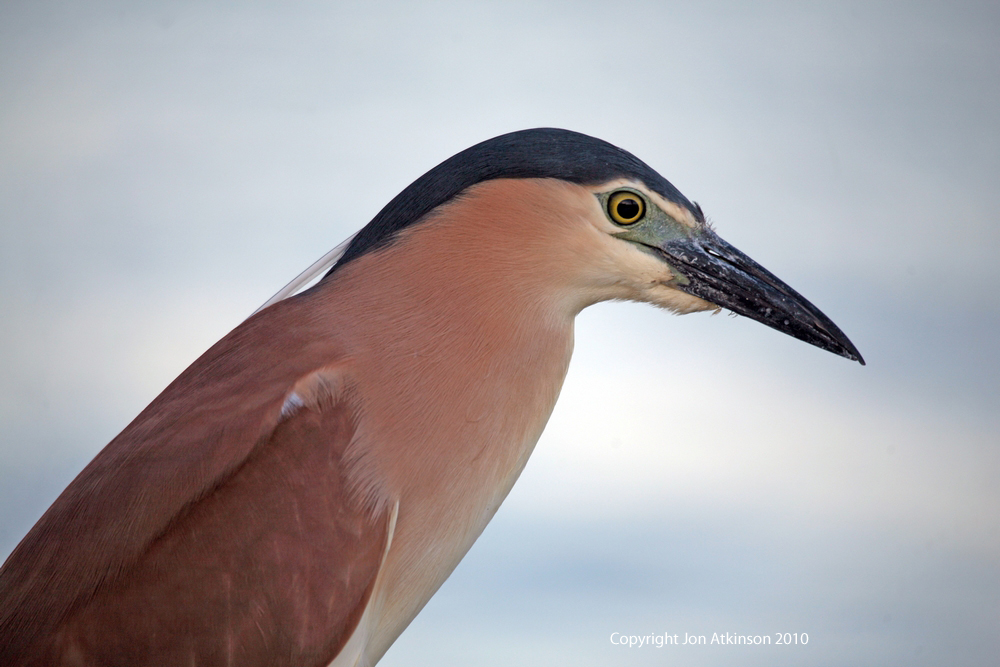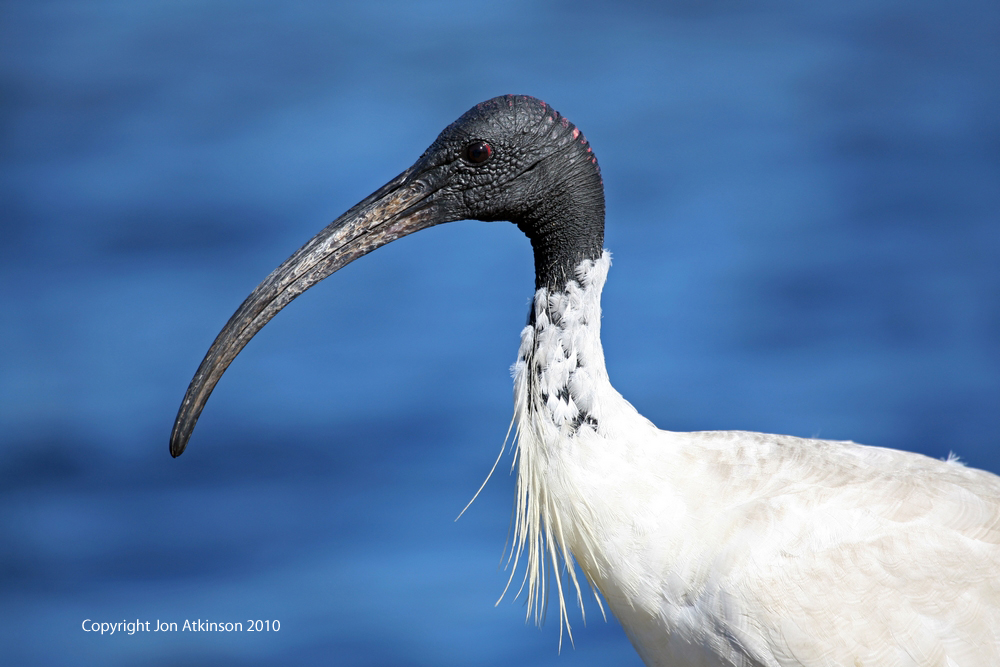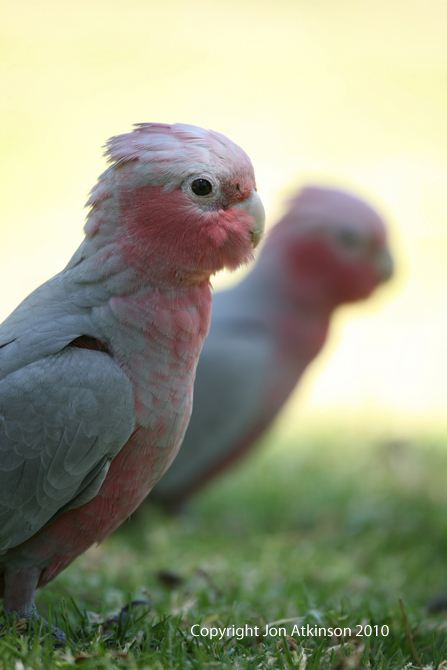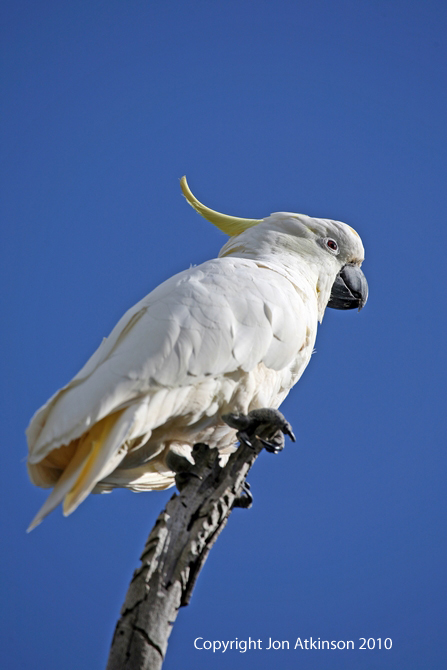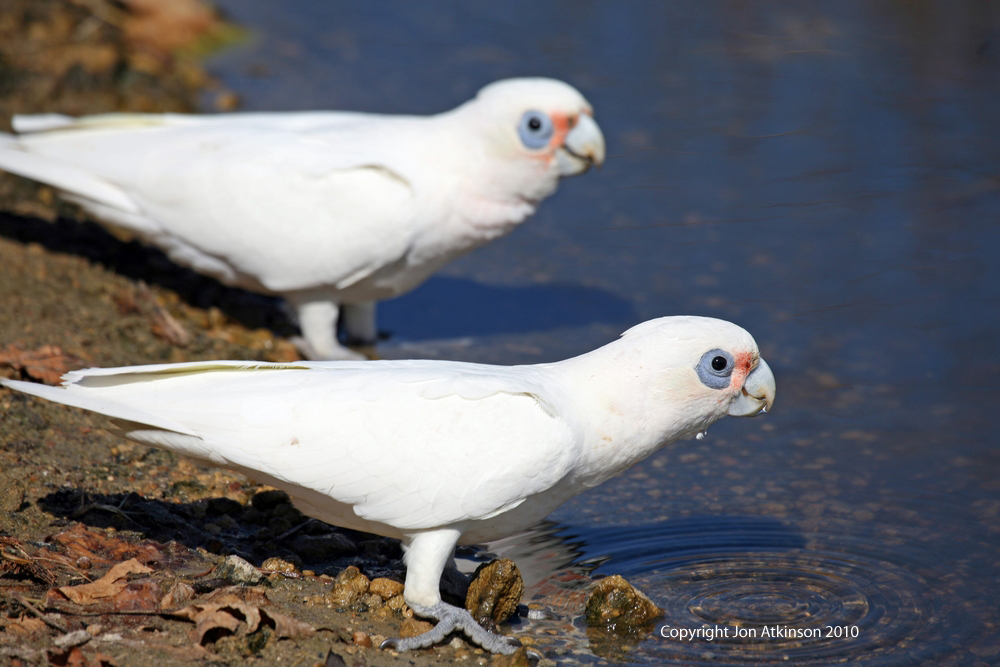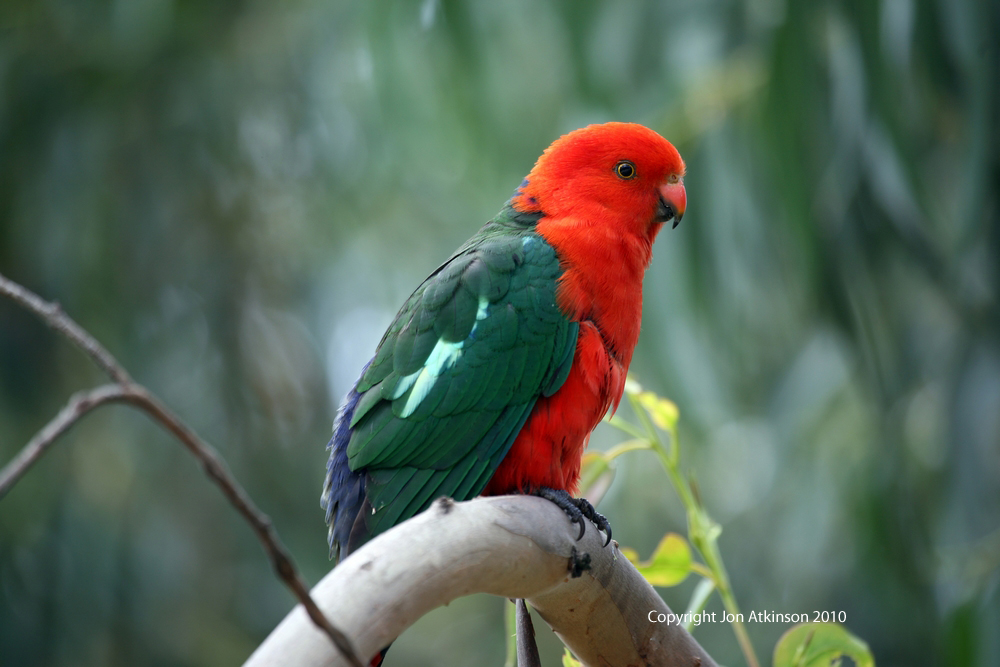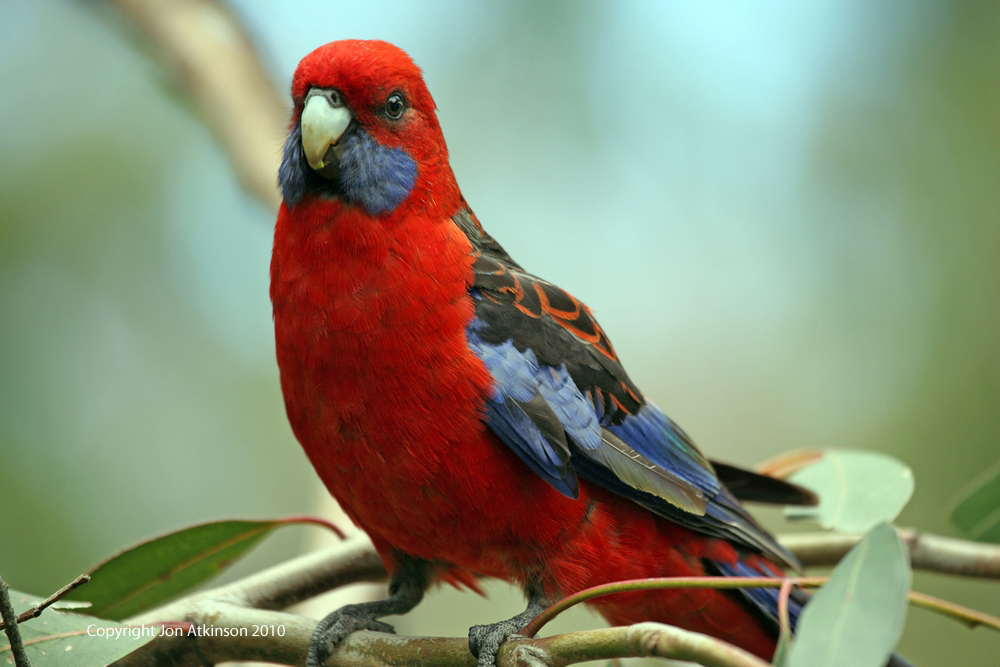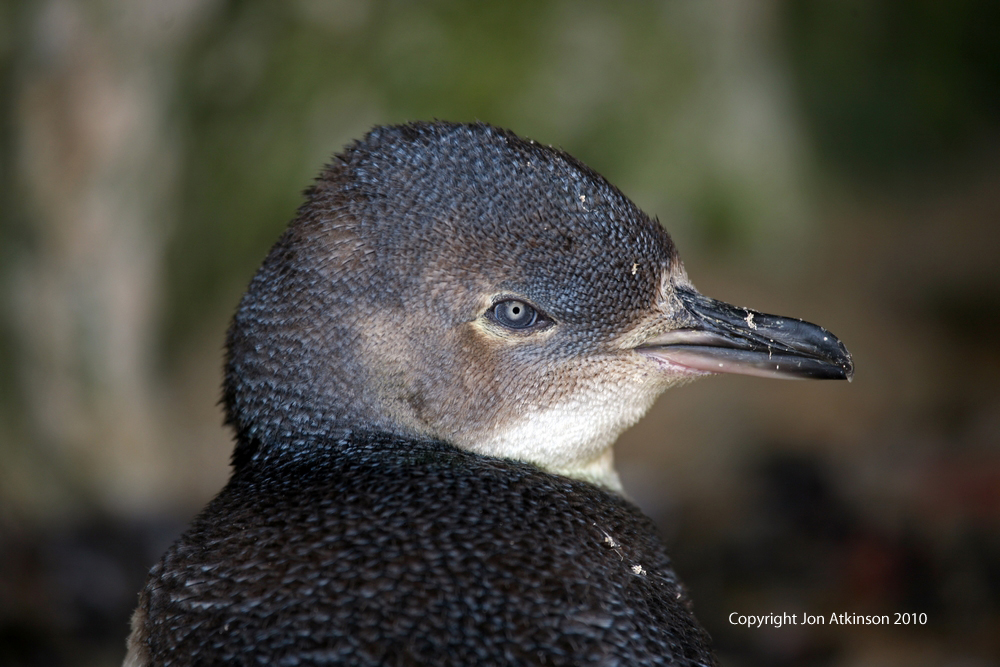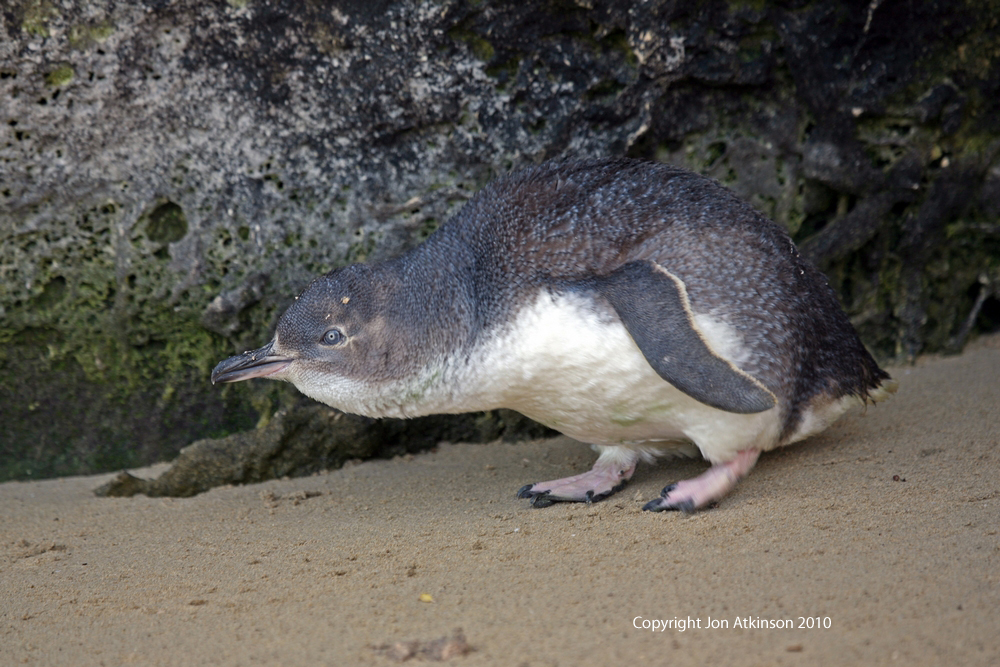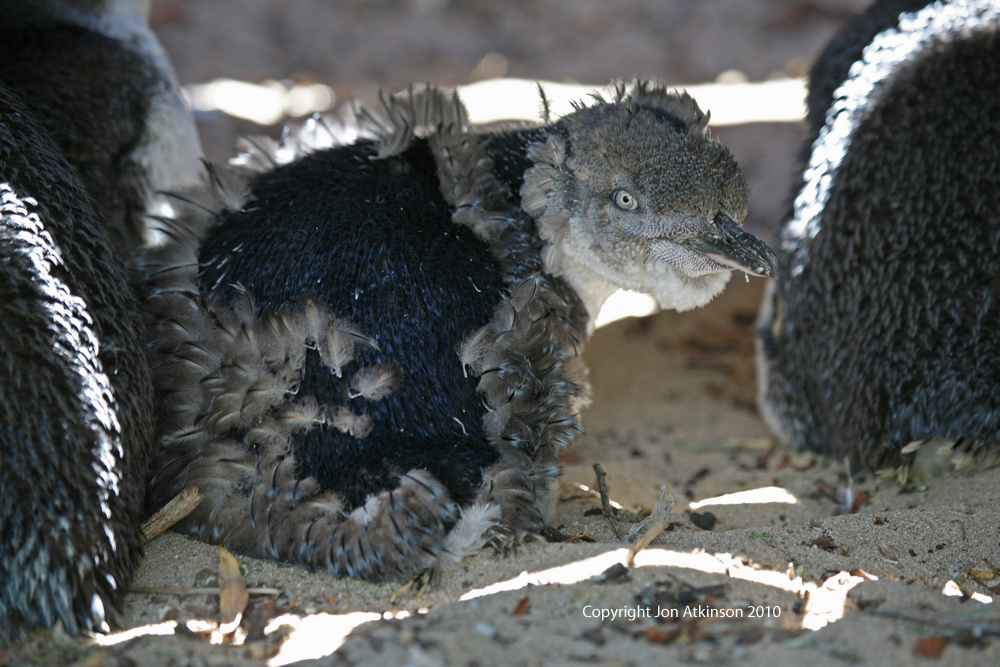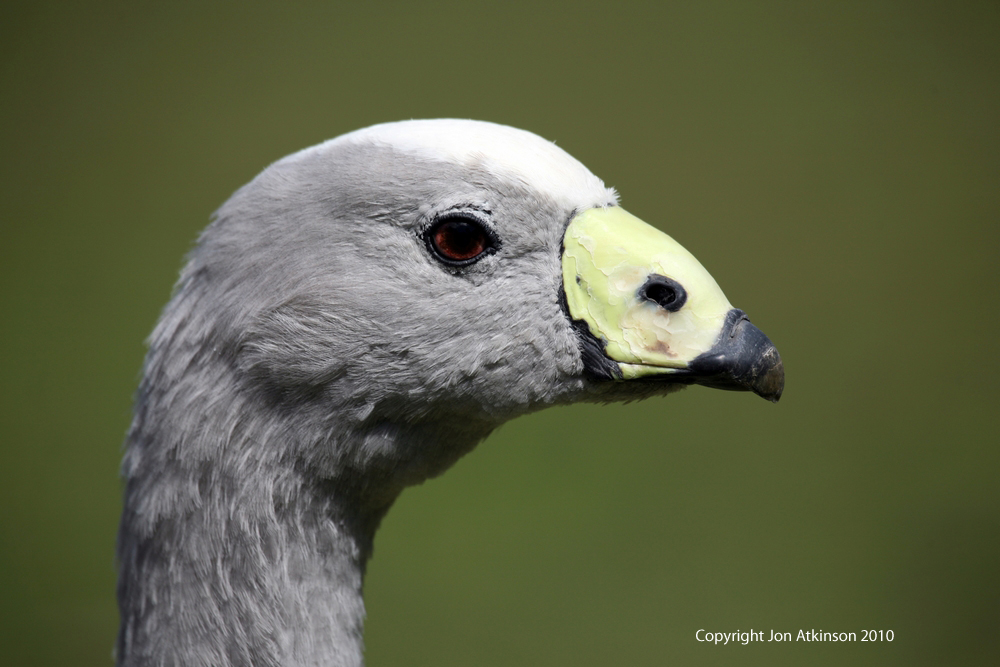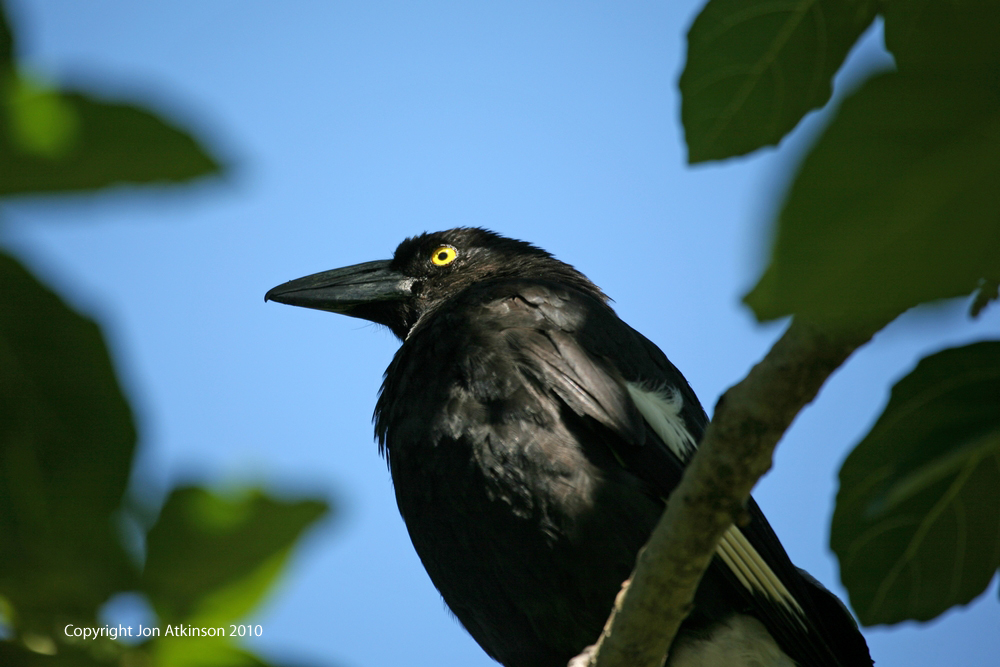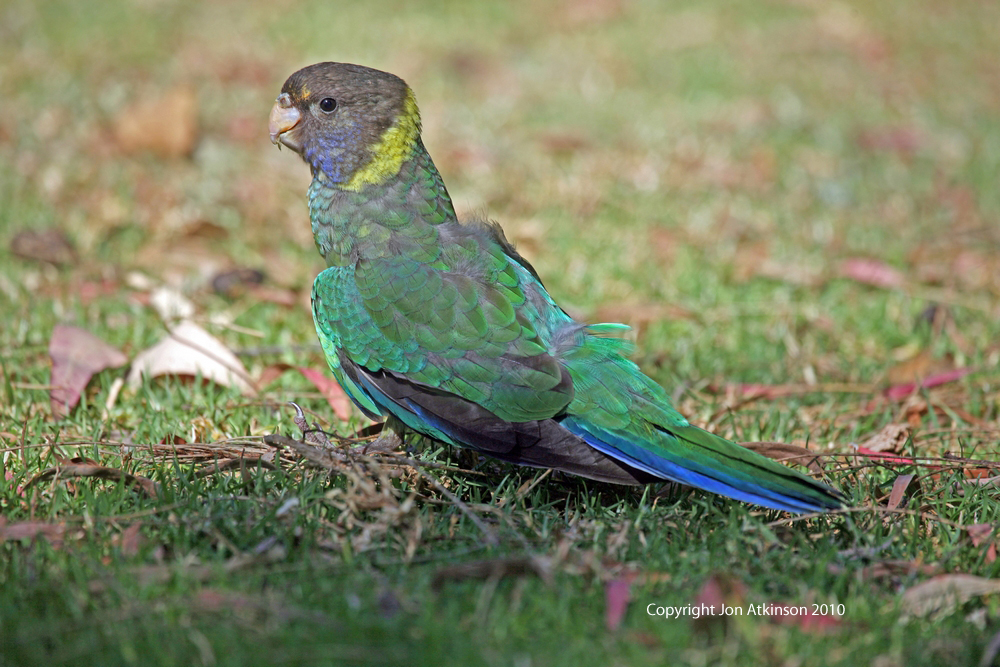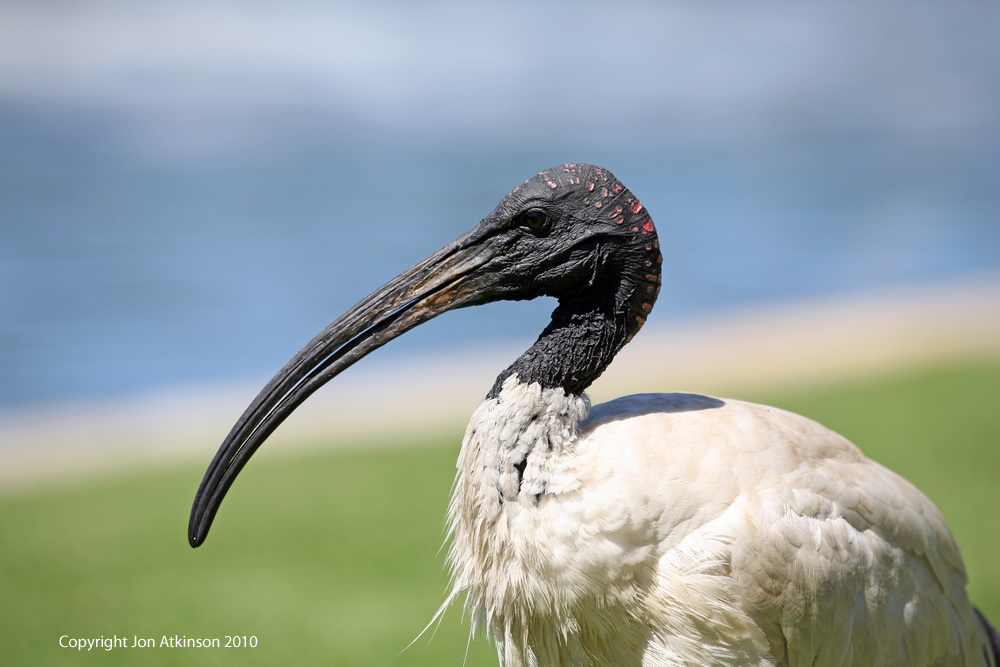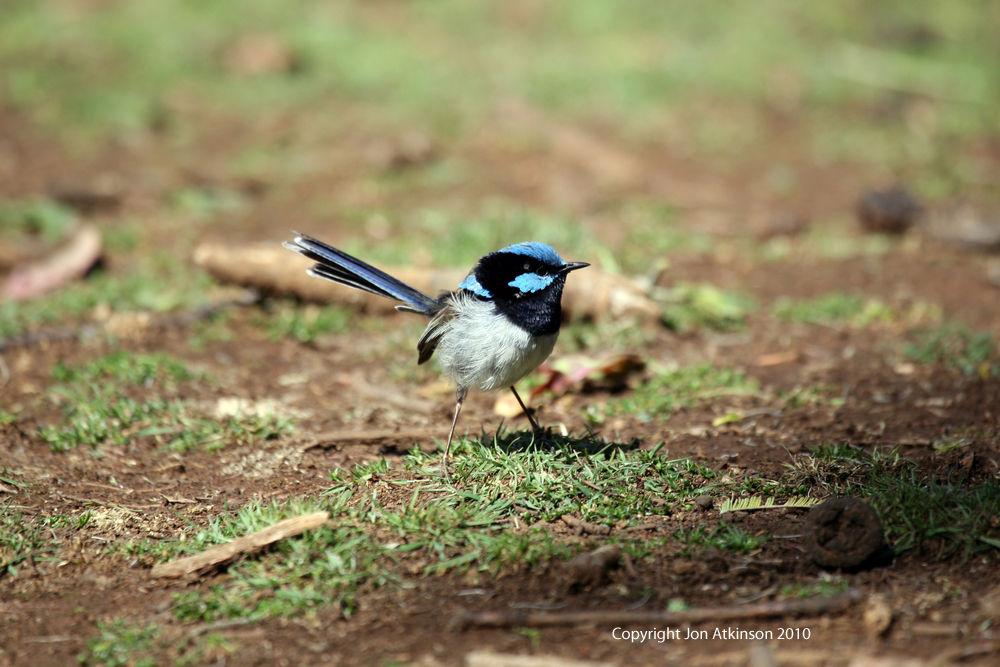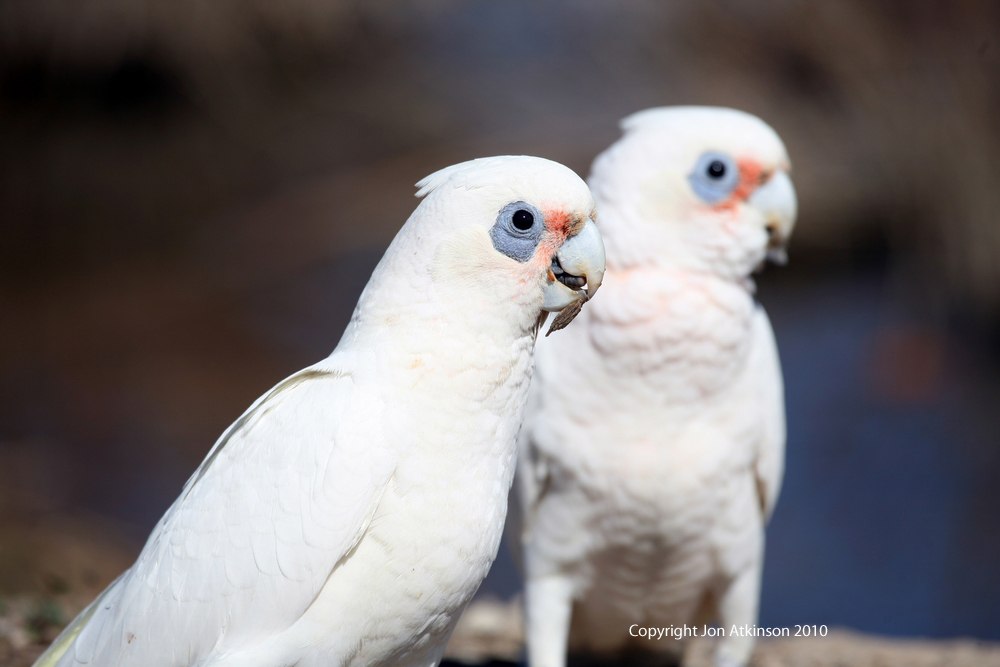Aus_Birds1 - Galah, Perth, Australia: The Galah (also known as the Rose-breasted Cockatoo, Galah Cockatoo, Roseate Cockatoo or Pink and Grey) is one of the most abundant and familiar of the Australian parrots, occurring over most of Australia and is found is found in large flocks in a variety of timbered habitats, usually near water. |
Aus_Birds2 - Nankeen Night Heron, Perth, Australia: The Nankeen Night Heron is found throughout Australia, where it frequents well-vegetated wetlands, and is found along shallow river margins, mangroves, floodplains, swamps, and parks and gardens with permanent water. |
Aus_Birds3 - Australian White Ibis, Sydney, Australia: The Australian White Ibis is common and widespread in northern and eastern Australia, and both its range and abundance in western Australia is expanding. They inhabit most habitats but their preferred locations include swamps, lagoons, floodplains and grasslands as well as urban parks and gardens. |
Aus_Birds4 - Galah, Perth, Australia: The Galah nests in tree cavities. The eggs are white and there are usually two or five in a clutch. The eggs are incubated for about 25 days, and both the male and female share the incubation. The chicks leave the nest about 49 days after hatching. Like most other cockatoos, Galahs create strong life-long bonds with their partners. |
Aus_Birds5 - Little Corella, Perth, Australia: The Little Corella mostly feeds on the ground, eating seeds, berries including crops such as wheat and barely. It is now so common in places that it has become something of a pest throughout much of Australia, and can be destructive to the trees in which it perches, by chewing the bark off smaller twigs. |
Aus_Birds6 - Sulphur Crested Cockatoo, Victoria, Australia: The Sulphur-crested Cockatoo's range extends throughout the northern and eastern mainland, and Tasmania. They occur in many wooded habitats including suburban gardens and parks. |
Aus_Birds7- Little Corella, Perth, Australia: The Little Corella, also known as the Bare-eyed Cockatoo, is the most widely distributed of the three corella species and are widespread throughout Australia where often form large flocks, especially along watercourses and where seeding grasses are found. |
Aus_Birds8 - Australian King Parrot, Victoria, Australia: King-Parrots are found along the east coast and ranges of Australia, ranging from Cooktown in Queensland through to Port Campbell in Victoria. They are are the only Australian parrots with a completely red head. |
Aus_Birds9 - Crimson Rosella, Victoria, Australia: Crimson Rosellas occur in northern Queensland, in southern Queensland to south-eastern South Australia where it is commonly found in tall eucalypt and wetter forests habitats. |
Aus_Birds10 - Fairy Penguin, Rottnest Island, Australia: Little Blue (Fairy) Penguins occur in the warmer waters along the shores of Southern Australia, Tasmania, and New Zealand . He they feed in inshore waters around the coast and breeding islands, such as Rottnest Island in Western Australia and out over the continental shelf. |
Aus_Birds11 - Fairy Penguin, Rottnest Island, Australia: Fairy penguins spend their days out at sea hunting for food in the shallow waters close to the shore. They can often be seen congregating in groups, referred to as 'rafts'. At dusk they return to their burrows which can be spectacular with large numbers of Penguins landing simultaneously. |
Aus_Birds12 - Fairy Penguin, Rottnest Island, Australia: Female Fairy penguins arrive in June to the breeding colonies. Peak egg laying time is generally June through August when they will lay two eggs at a time which take approximately five weeks to hatch. After 8 weeks the young fledglings are then forced from the nest. They naturally know how to swim and are able to fish and fend for themselves. |
Aus_Birds13 - Cape Barren Goose, Tasmania, Australia: The Cape Barren Goose restricted to the south-eastern coast of Australia, the southern coast of Western Australia and in south-eastern Victoria where it is found on offshore islands in areas of pasture, tussock grass or low heathy scrub. |
Aus_Birds14 - Pied Currawong, Sydney, Australia: The Pied Currawong's normal habitat is forests and woodlands, however it has become well adapted to suburban areas where it is a common sight. |
Aus_Birds15 - Australian Ringneck, Perth, Australia: Australian Ringnecks are found in pairs or small flocks over lightly timbered areas, open woodlands and tree-lined watercourses and is endemic to Australia. |
Aus_Birds16 - Australian White Ibis, Sydney, Australia: The Australian White Ibis has immigrated to urban areas of the east coast in increasing numbers where it is now commonly seen in parks and gardens in major cities. In these situations the can be "tame" around humans as they scavenge for dropped food from cafes and picnics. |
Aus_Birds17 - Superb Fairy-Wren, Tasmania, Australia: Superb Fairy-wrens are found in Esatern and South Eastern Australia where feed on insects and other small arthropods in areas with dense cover and low shrubs. They are common in urban parks and gardens, and can be seen in small social groups. |
Aus_Birds18 - Little Corella, Perth, Australia: Males and female Little Cirellas look alike. Immature birds look like adults, but have a shorter bill and their eye ring is less blue. |

